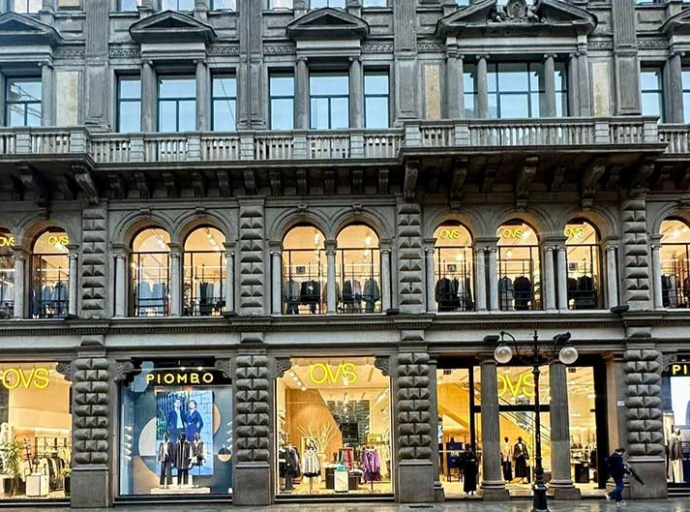20 September 2022, Mumbai:
Unfair labor practices, pollution, waste, and climate change are just a few of the significant environmental, social, and governance (ESG) challenges the apparel/garment sector is currently dealing with.
COVID-19 has also sparked other crises (such as supply chain interruptions and labor and employee issues). Still, it has also provided businesses with chances to develop novel strategies to engage with customers and secures the resilience of their supply networks.
Companies, however, lack the necessary frameworks and approaches to comprehend how their efforts in addressing these issues might generate a profit for their businesses.
State of affairs
Products made by the fashion industry are not sustainable but are intended to be stylish and comfy. An apparel/clothing truck is either burned or dumped every second in this sector, which is most wasteful. Clothing is used so little and isn't recycled nearly enough to cost the world 500 billion dollars annually. Not to mention that this puts further strain on resources that are already under natural stress. It is also a tremendously harmful sector since washing apparel/garments and prewashing raw materials produce micro-organisms equivalent to 50 billion plastic bottles' worth of bacteria annually, which eventually end up in the ocean.
Textile circular economy
More businesses and governments are realizing the value of sustainability and changing their business models and supply chains to lessen overall environmental consequences and enhance social circumstances in the locations where fashion is produced. We must change the fashion industry's business model from one that emphasizes linear manufacturing to one that emphasizes circular production. This is a compelling financial argument for the planet and the textile industry. The efficiency and value of goods and operations are increased by switching to a circular strategy. This is crucial for ethical production and consumption that positively influences the community, the environment, and society.
Assessing the Magnitude
In recent years, the fashion industry has given a lot of attention to the subject of sustainability. Numerous brands took action in 2018 to address the effects of their operations. Due to the emergence of fast fashion, our contemporary throwaway culture, and the adverse effects the sector has on both the environment and people, it has become a significant worry recently. The first step in bringing about a good change in such a considerable sector is to discuss the issues at hand, who is affected, and what can be done to solve them. Considering the apparel sector consumes plentiful of ever-depleting natural resources and as per industry reports to make matter worse less than 1% of the material is used to produce apparel/clothing is recycled/upcycled into new clothing, inflicting a reported loss of more than USD 100 billion worth of materials each year.
UNECE's impact assessment work on trade in the textile and leather sector focuses on improving transparency and traceability in order to identify, measure and address the core issue of environmental impact.
Actionable Points
Global Fashion Agenda is a non-profit organization that seeks to bring together business leaders for a cooperative shift toward sustainability. The company has released yearly reports to start the dialogue. The CEO Agenda 2019 report concentrated on essential sustainability goals and recommendations on where to focus efforts.
This article addresses the problem solving approach dreaming & it is not nightmare it is a +ve dream/hitting on the nail head recognizing & impressing upon that it is business case/imperative understanding how sustainability and transforming their business models by aligning supply chains can be a gainful situation going forward.
Latest Publications


































